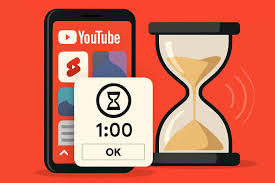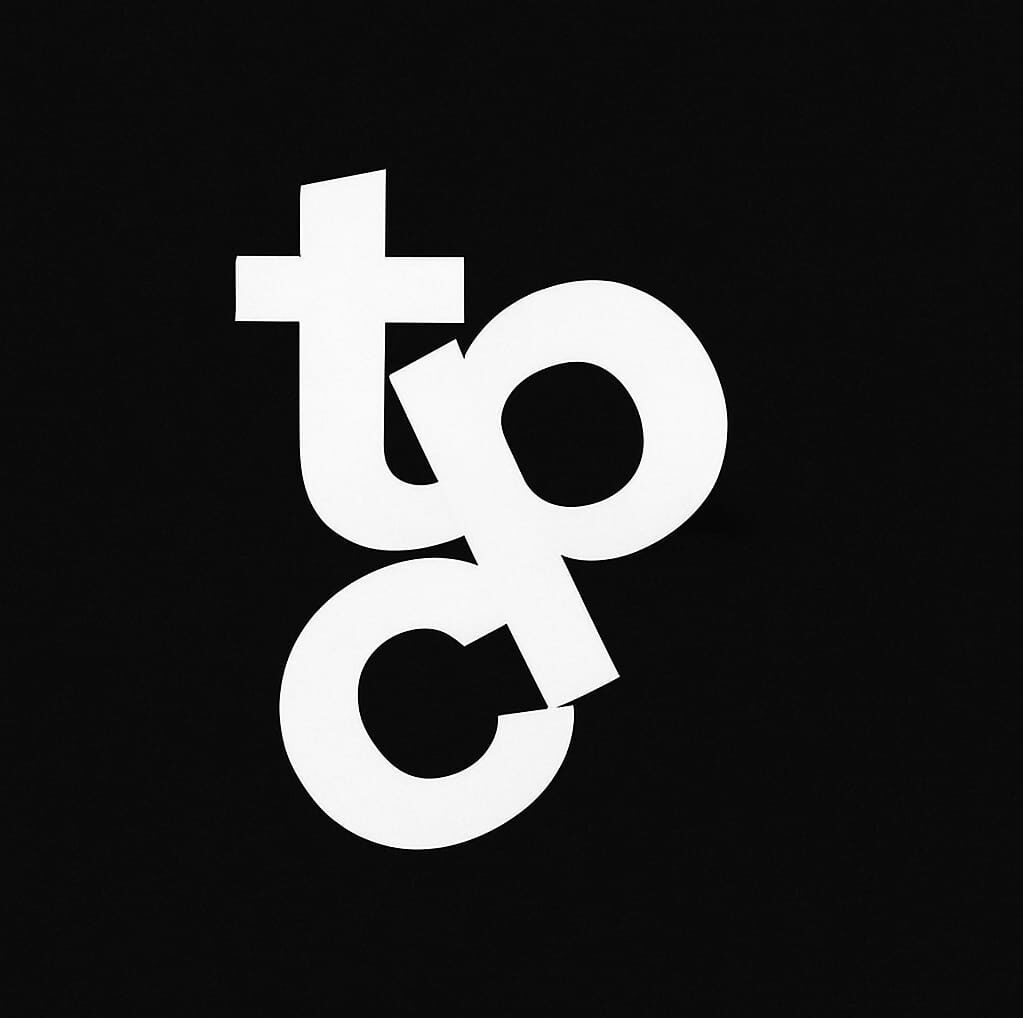
YouTube has officially started rolling out a new Shorts Time Limit Feature — a digital well-being update designed to help users put a cap on endless scrolling. With short-form content now dominating screen time for both adults and teens, this feature gives viewers more control over how long they spend inside the addictive Shorts feed before the app pauses playback.
This change comes as platforms face mounting pressure to introduce better guardrails around youth screen time and compulsive scrolling patterns.
Why YouTube Introduced the Shorts Time Limit Feature
Short-form video is engineered for quick dopamine hits — “just one more scroll” often turns into 30 minutes or more. YouTube’s own research shows that a huge portion of its youth audience consumes Shorts for long, unplanned sessions, which is why this Shorts Time Limit Feature specifically targets binge-watching behavior.
According to the company, this is not just another reminder like “take a break.” Instead, once a user hits their chosen daily limit, the Shorts feed is paused and a notification appears on screen. Unlike older wellness pop-ups, this one interrupts the feed and makes users consciously decide whether scrolling should continue.
How the Feature Works
The Time Limit Feature is currently rolling out on mobile devices:
Open the YouTube app
Tap your profile icon → Settings
Go to General
Set your daily scrolling limit for Shorts
Once the limit is reached, the Shorts feed pauses automatically, reinforcing digital boundaries in a more deliberate and effective way. Users can dismiss the alert for now, but YouTube says parental controls are coming soon.
Parental Controls Coming Soon
Later this year, YouTube will integrate the Shorts Time Limit Feature into supervised accounts. For kids and teens, the time-limit alert will become non-dismissible — meaning once the limit is reached, scrolling stops for the day unless a parent changes the setting.
This update responds to rising concerns from parents, regulators, and psychologists over the link between excessive short-form content consumption and anxiety, sleep disruption, and reduced attention span.
Part of a Bigger Push for Digital Wellbeing
YouTube already offers tools like:
“Take a Break” reminders
Bedtime reminders
Watch history controls
But the Shorts Time Limit Feature is the strongest intervention yet because it doesn’t just suggest a break — it enforces one.
It also aligns with the ongoing legal scrutiny faced by YouTube, Meta, TikTok, and Snapchat over youth safety and time-use practices.
Why This Matters
The timing of this rollout is significant. In 2024, a Pew survey found that:
73% of U.S. teens use YouTube daily
15% said they are “almost constantly” on the app
With Shorts now an enormous part of YouTube’s growth strategy, the Shorts Time Limit Feature attempts to strike a balance — keep the ecosystem thriving while protecting users from compulsive overuse.
Final Takeaway
The Shorts Time Limit Feature is a meaningful step toward healthier social media habits. It won’t eliminate doomscrolling altogether, but it puts agency back in the hands of users — and soon, in the hands of parents for minors.
YouTube is clearly signaling that its future growth must come with responsibility. And in a world where attention is the new currency, giving people tools to manage theirs is a smart move — both ethically and strategically.
